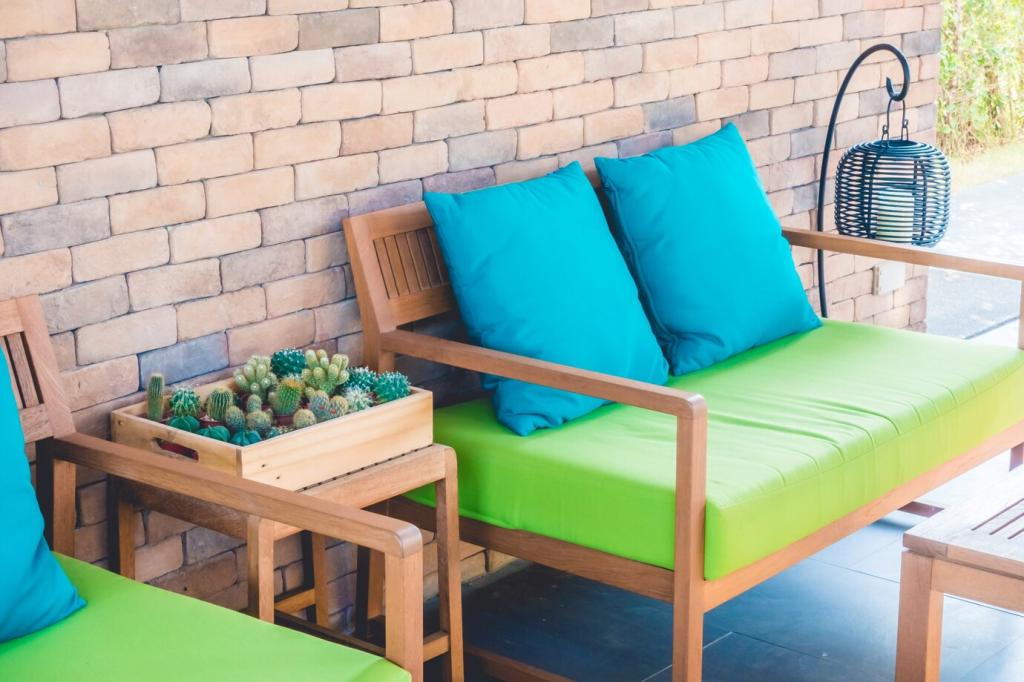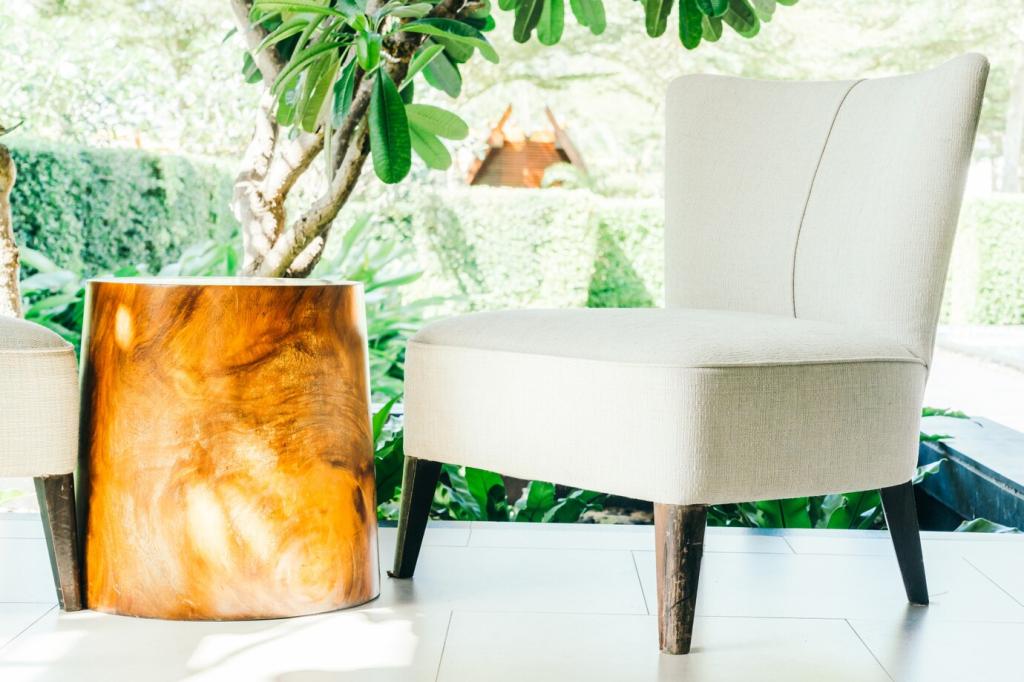Shine Sustainably: Green Solutions for Furniture Polish Alternatives
Many traditional polishes rely on petroleum distillates and synthetic fragrances that release volatile organic compounds. Those VOCs can linger indoors, dulling air quality and irritating sensitive noses. Greener alternatives clean just as well while keeping your breathing space refreshingly honest.
Why Green Furniture Polish Alternatives Matter
Meet the Natural Ingredients That Do the Heavy Lifting
Olive, jojoba, and fractionated coconut oil penetrate lightly to replenish luster without leaving an aggressive residue. They reduce the appearance of dryness, help dust glide away, and encourage that gentle, hand-rubbed glow prized by furniture restorers.


Everyday Quick-Shine Spray
Combine one cup distilled water, one tablespoon white vinegar, and one teaspoon olive oil in a reusable spray bottle. Shake well, spritz sparsely onto a cloth, and wipe with the grain. Buff dry. Test first on a discreet spot, especially on delicate finishes.
Nourishing Beeswax Balm
Melt two parts beeswax with four parts jojoba oil in a double boiler, cool slightly, then pour into a tin. Rub a pea-sized amount onto wood, wait a few minutes, and buff. This balm softens dryness and imparts a subtle, durable glow.
Citrus-Infused Cleaning Tonic
Pack a jar with lemon or orange peels and cover with white vinegar. Steep two weeks, strain, and dilute one-to-one with distilled water. Apply sparingly with a cloth to cut greasy fingerprints, then follow with a light oil or balm for balanced shine.
Know Your Finish Before You Polish
Polyurethane and lacquered surfaces tolerate lightly damp, oil-balanced cleaning. Waxed or shellac finishes prefer drier methods. Oiled woods welcome nourishing oils but dislike heavy water. When uncertain, consult maker notes or use the gentlest approach possible.
Patch-Testing Protocol That Prevents Regrets
Choose a hidden edge, apply a tiny amount of your mixture, wait fifteen minutes, then inspect in good light. Check for whitening, fogging, or tackiness. If the finish looks unchanged and the sheen improves, proceed confidently with your full routine.
Technique, Tools, and the Art of the Buff
Cloths That Respect the Grain
Choose tight-weave microfiber for dusting and lint-free cotton for buffing. Retire abrasive rags—tiny snags can scratch. Keep separate cloths for cleaning and conditioning to prevent streaks, and wash them fragrance-free to avoid residue on your finishes.
Work With the Grain, Not Against It
Apply in long, gentle strokes that follow the grain. Circular motions can trap residue in pores and create halos. Less pressure is more—let the formula do the work while your hands guide a consistent, calming rhythm across the surface.
Buffing for That Hand-Rubbed Glow
After conditioning, wait a minute, then buff with a dry cloth until your reflection softens into the wood. A final pass with a clean, slightly warmer cloth adds depth. This slow finish is where the magic quietly appears.
Stories From the Green-Clean Trail
A reader wrote about reviving a 1950s oak table with a beeswax balm after years of aerosol sprays. The first buff released a honeyed scent and childhood memories of Sunday dinners. She subscribed that night, promising photos of every revived chair.


Stories From the Green-Clean Trail
Armed with a small bottle of quick-shine spray, one renter tamed thrifted pieces without risking landlord frowns. No slick residues, no cloying perfumes—just clean light on wood. He now shares weekly before-and-after snapshots in our community thread.
Sourcing Sustainably and Reducing Waste
Better Bottles, Fewer Bottles
Choose glass spray bottles with replaceable triggers, label them clearly, and mix small batches to avoid spoilage. Refill, don’t replace. A simple kit—bottle, funnel, cloths—keeps your routine tidy and prevents another plastic container from entering the cycle.
Ethical Waxes and Vegan Paths
Seek beeswax from reputable apiaries that prioritize pollinator health, or use carnauba and candelilla for vegan alternatives. A little goes far, especially when buffed well. Share your sources with our readers to help grow a trustworthy, eco-minded directory.
Upcycle Your Citrus Peels
Before composting, let peels infuse vinegar to capture natural oils and fragrance. You reduce food waste, avoid synthetic scents, and craft a cleaner that sparkles with character. Post your infusion photos and tag us—we love celebrating small, circular wins.
Join our mailing list
